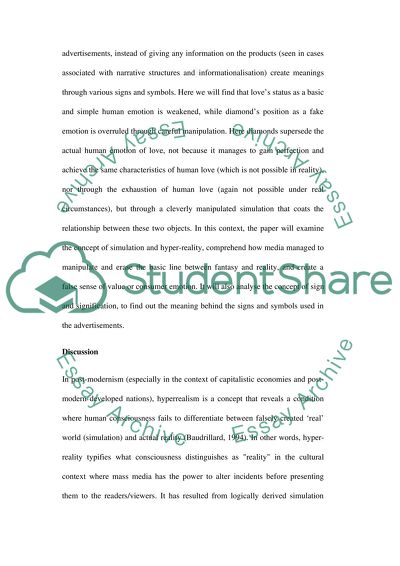Cite this document
(“DeBeers advertising Essay Example | Topics and Well Written Essays - 1750 words”, n.d.)
Retrieved de https://studentshare.org/journalism-communication/1447971-ycha-diamond-is-foreveryie-an-analysis-of-how-a
Retrieved de https://studentshare.org/journalism-communication/1447971-ycha-diamond-is-foreveryie-an-analysis-of-how-a
(DeBeers Advertising Essay Example | Topics and Well Written Essays - 1750 Words)
https://studentshare.org/journalism-communication/1447971-ycha-diamond-is-foreveryie-an-analysis-of-how-a.
https://studentshare.org/journalism-communication/1447971-ycha-diamond-is-foreveryie-an-analysis-of-how-a.
“DeBeers Advertising Essay Example | Topics and Well Written Essays - 1750 Words”, n.d. https://studentshare.org/journalism-communication/1447971-ycha-diamond-is-foreveryie-an-analysis-of-how-a.


